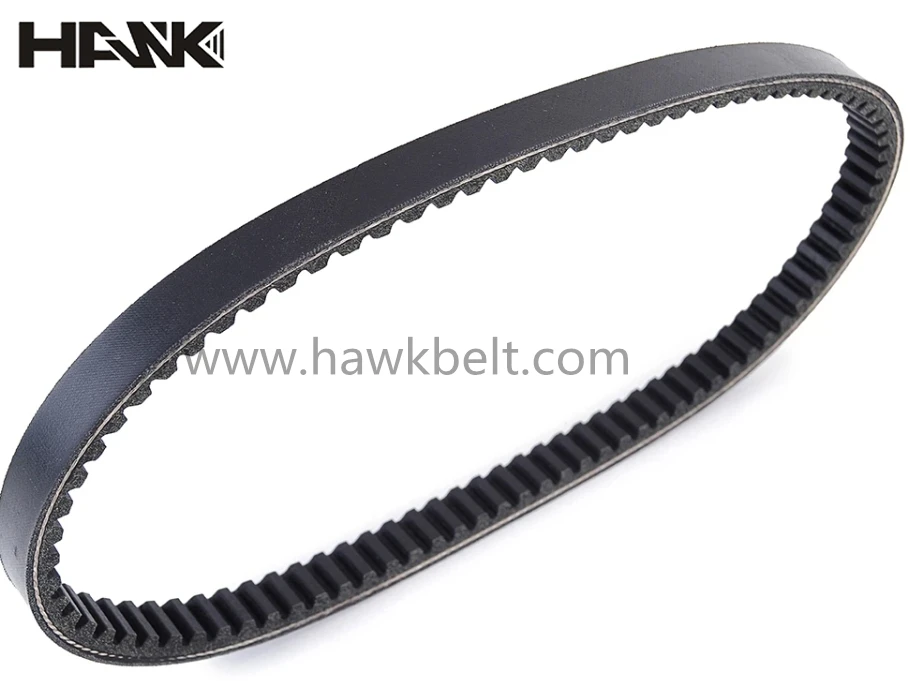- Arabic
- French
- Russian
- Spanish
- Portuguese
- Turkish
- Armenian
- English
- Albanian
- Amharic
- Azerbaijani
- Basque
- Belarusian
- Bengali
- Bosnian
- Bulgarian
- Catalan
- Cebuano
- Corsican
- Croatian
- Czech
- Danish
- Dutch
- Afrikaans
- Esperanto
- Estonian
- Finnish
- Frisian
- Galician
- Georgian
- German
- Greek
- Gujarati
- Haitian Creole
- hausa
- hawaiian
- Hebrew
- Hindi
- Miao
- Hungarian
- Icelandic
- igbo
- Indonesian
- irish
- Italian
- Japanese
- Javanese
- Kannada
- kazakh
- Khmer
- Rwandese
- Korean
- Kurdish
- Kyrgyz
- Lao
- Latin
- Latvian
- Lithuanian
- Luxembourgish
- Macedonian
- Malgashi
- Malay
- Malayalam
- Maltese
- Maori
- Marathi
- Mongolian
- Myanmar
- Nepali
- Norwegian
- Norwegian
- Occitan
- Pashto
- Persian
- Polish
- Punjabi
- Romanian
- Samoan
- Scottish Gaelic
- Serbian
- Sesotho
- Shona
- Sindhi
- Sinhala
- Slovak
- Slovenian
- Somali
- Sundanese
- Swahili
- Swedish
- Tagalog
- Tajik
- Tamil
- Tatar
- Telugu
- Thai
- Turkmen
- Ukrainian
- Urdu
- Uighur
- Uzbek
- Vietnamese
- Welsh
- Bantu
- Yiddish
- Yoruba
- Zulu
Сер . 30, 2024 04:46 Back to list
Synchronous Belt Drive Systems - Efficient Power Transmission Solutions
Understanding Synchronous Belt Drives
Synchronous belt drives are essential mechanical components used in various engineering applications to transmit power between rotating shafts with precision and reliability. Unlike traditional belt drives, which rely on friction to maintain movement, synchronous belts engage with toothed pulleys, allowing for better synchronization and efficiency. This article delves into the basics of synchronous belt drives, their advantages, applications, and considerations for use.
What is a Synchronous Belt Drive?
A synchronous belt drive consists of a toothed belt and matching pulleys. The belt, typically made from durable materials such as rubber or polyurethane, features teeth that fit precisely into the grooves of the pulleys. This design ensures that there is no slippage, meaning the belt and pulleys maintain a constant speed ratio. Commonly used in various machinery, synchronous belt drives are favored for their ability to deliver reliable torque transfer and maintain accurate positioning.
Advantages of Synchronous Belt Drives
1. Precision and Reliability One of the standout features of synchronous belt drives is their ability to maintain precise timing between shafts. This accuracy is crucial in applications where synchronization is essential, such as in robotics or conveyor systems.
2. Low Maintenance Synchronous belts tend to require less maintenance compared to other belt types. They do not stretch like standard v-belts, which means less frequent adjustments and replacements, resulting in reduced downtime.
3. High Efficiency These systems typically boast an efficiency rate of over 95%, making them more energy-efficient than their counterparts. This efficiency is particularly beneficial in energy-sensitive applications, contributing to cost savings over time.
4. Noise Reduction The engagement of teeth reduces the noise typically associated with belt drives. This aspect is invaluable in environments where noise reduction is a priority, like in office machinery or hospital equipment.
Applications
Synchronous belt drives find applications across various industries
synchronous belt drive

- Automotive Industry They are commonly used in timing belts for engines, where precise timing is crucial for the performance of an engine.
- Manufacturing Synchronous belts power conveyor systems, CNC machines, and other automated processes, ensuring synchronized movement.
- Aerospace Used in systems where precision is paramount, such as in the actuation systems of aircraft.
- Consumer Electronics Synchronous belts are utilized in printers and scanners for accurate paper feed mechanisms.
Considerations for Use
While synchronous belt drives offer numerous advantages, there are certain factors to consider
1. Belt Material Choosing the appropriate material for the belt is crucial depending on the application, environmental factors, and load conditions.
2. Alignment Proper alignment of the pulleys is essential to avoid premature wear and ensure optimal performance.
3. Temperature and Environment Synchronous belts can be sensitive to temperature fluctuations and contaminants, so the operating environment should be evaluated before installation.
Conclusion
Synchronous belt drives play a vital role in various mechanical systems, offering precision, efficiency, and low maintenance requirements. Understanding their operation and applications can help in choosing the right drive system for specific needs, ensuring long-lasting performance and reliability in power transmission. As industries continue to evolve, the demand for efficient and precision-driven solutions like synchronous belts will only increase, solidifying their place in modern engineering.
-
Korean Auto Parts Timing Belt 24312-37500 For Hyundai/Kia
NewsMar.07,2025
-
7PK2300 90916-T2024 RIBBED BELT POLY V BELT PK BELT
NewsMar.07,2025
-
Chinese Auto Belt Factory 310-2M-22 For BMW/Mercedes-Benz
NewsMar.07,2025
-
Chinese Auto Belt Factory 310-2M-22 For BMW/Mercedes-Benz
NewsMar.07,2025
-
90916-02660 PK Belt 6PK1680 For Toyota
NewsMar.07,2025
-
drive belt serpentine belt
NewsMar.07,2025

